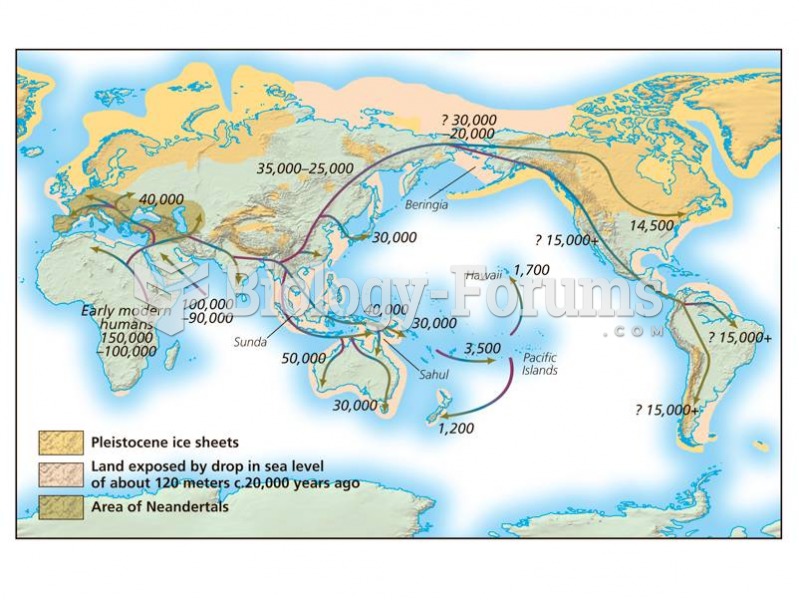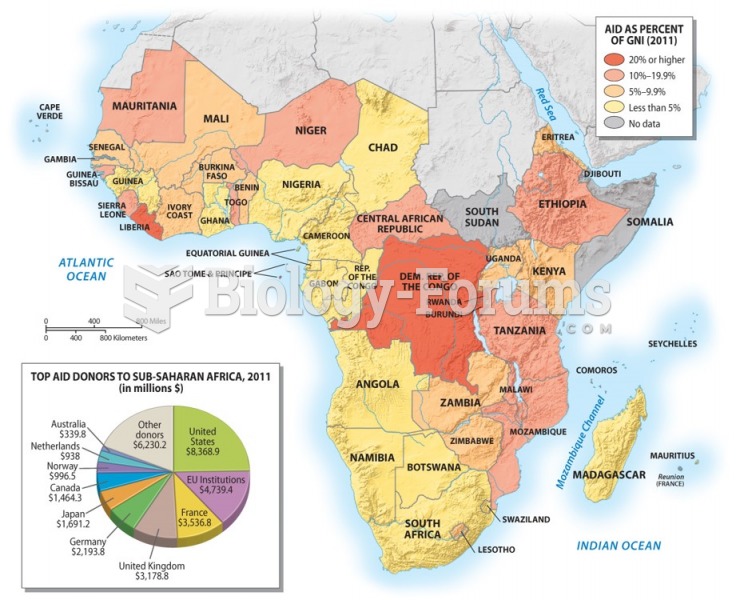Answer to Question 1
The occupied territories were regarded initially by Israel as a security zone between it and its belligerent neighbors. By the 1980s, however, it was clear that the territories were also serving as the location of new settlements for Jews migrating to Israel, especially from Russia. Palestinians, though enjoying some political and monetary support of Arab nations, saw little likelihood of a successful military effort to eliminate Israel. Therefore, in December 1987, they began the first Intifada, the uprising against Israel by the Palestinians in the occupied territories through attacks against soldiers, the boycott of Israeli goods, general strikes, resistance, and noncooperation with Israeli authorities. The target of this first Intifada, lasting five years, was the Israelis.
The Intifada was a popular grassroots movement whose growth in support was as much a surprise to the Palestine Liberation Organization (PLO) and the Arab nations as it was to Israel and its supporters. The broad range of participants in the Intifadastudents, workers, union members, professionals, and business leadersshowed the unambiguous Palestinian opposition to occupation. The Intifada began out of the frustration of the Palestinians within Israel, but the confrontations were later encouraged by the PLO, an umbrella organization for several Palestinian factions of varying militancy.
With television news footage of Israel soldiers appearing to attack defenseless youths, the Intifada transformed world opinion, especially in the United States. Palestinians came to be viewed as people struggling for self-determination rather than as terrorists out to destroy Israel. Instead of Israel being viewed as the David and its Arab neighbors Goliath, Israel came to take on the bully role and the Palestinians the sympathetic underdog role.
Answer to Question 2
According to the Department of Justice, racial profilingis any police-initiated action based on race, ethnicity, or national origin rather than the person's behavior. Generally, profiling occurs when law enforcement officers, including customs officials, airport security, and police, assume that people fitting certain descriptions are likely to be engaged in something illegal. In 2012, national attention was drawn to the incident of a man on a neighborhood watch patrol shooting dead 17-year-old Trayvon Martin, a black youth visiting his father's fiance in a gated Florida community. While the legal system slowly investigated, many felt the boy would still be alive had he been White and the shooter immediately arrested if Black.
Racial profiling persists despite overwhelming evidence that it not a predictive approach toward identifying potential troublemakers. Whites are more likely to be found with drugs in the areas in which minority group members are disproportionately targeted. A federal study made public in 2005 found little difference nationwide in the likelihood of being stopped by law enforcement officers, but African Americans were twice as likely to have their vehicles searched, and Latinos were five times more likely. A similar pattern emerged in the likelihood of force being used against drivers: It was three times more likely for Latinos and Blacks than White drivers.
Efforts to stop racial profiling came to an abrupt end after the September 11, 2001 terrorist attacks on the United States. Suspicions about Muslims and Arabs in the United States became widespread. Foreign students from Arab countries were summonedfor special questioning. Legal immigrants identified as Arab or Muslim were scrutinized for any illegal activity and were prosecuted for routine immigration violations that were ignored for people of other ethnic backgrounds and religious faiths.







